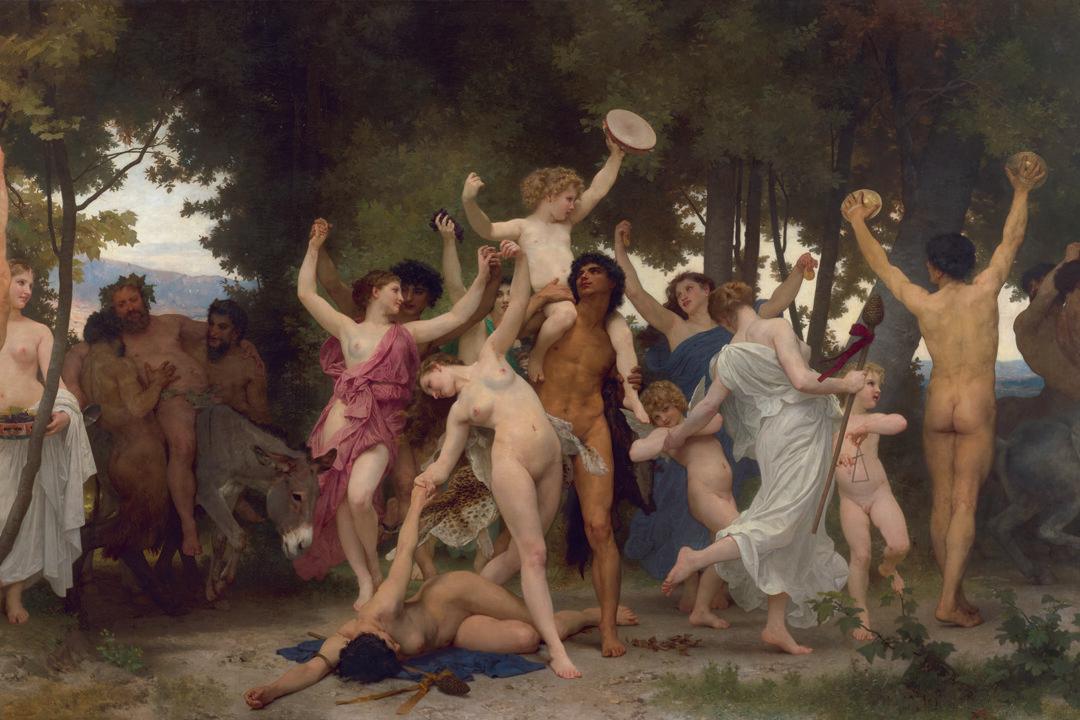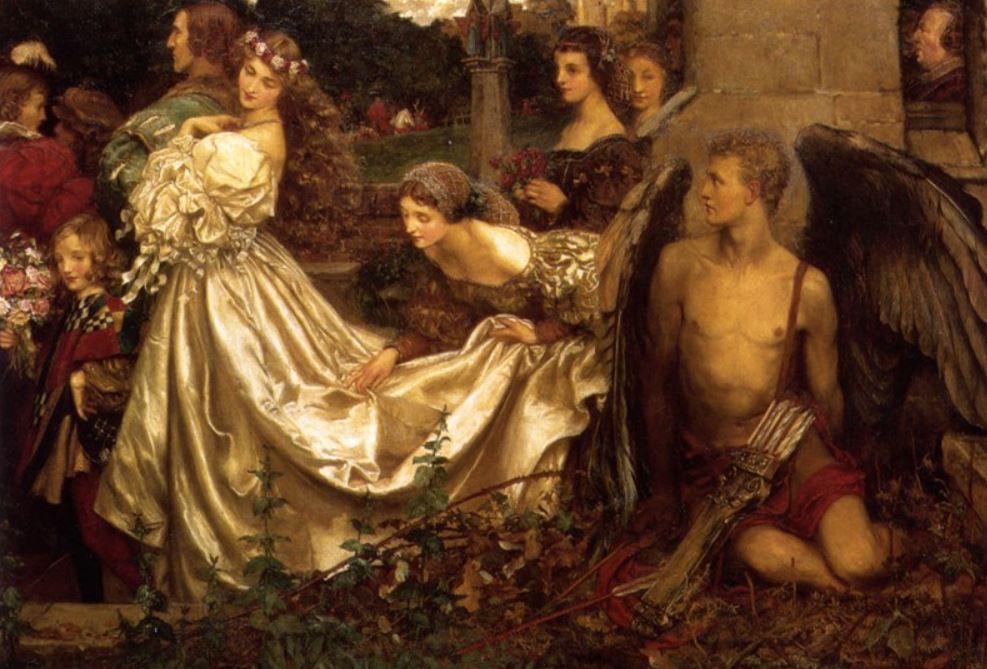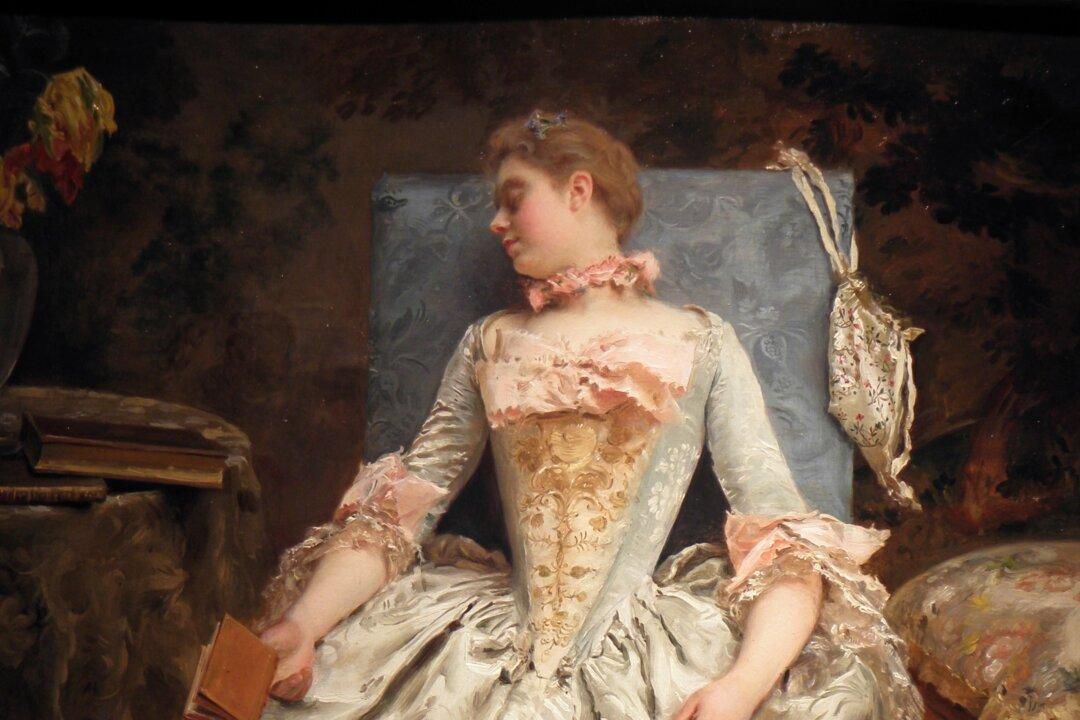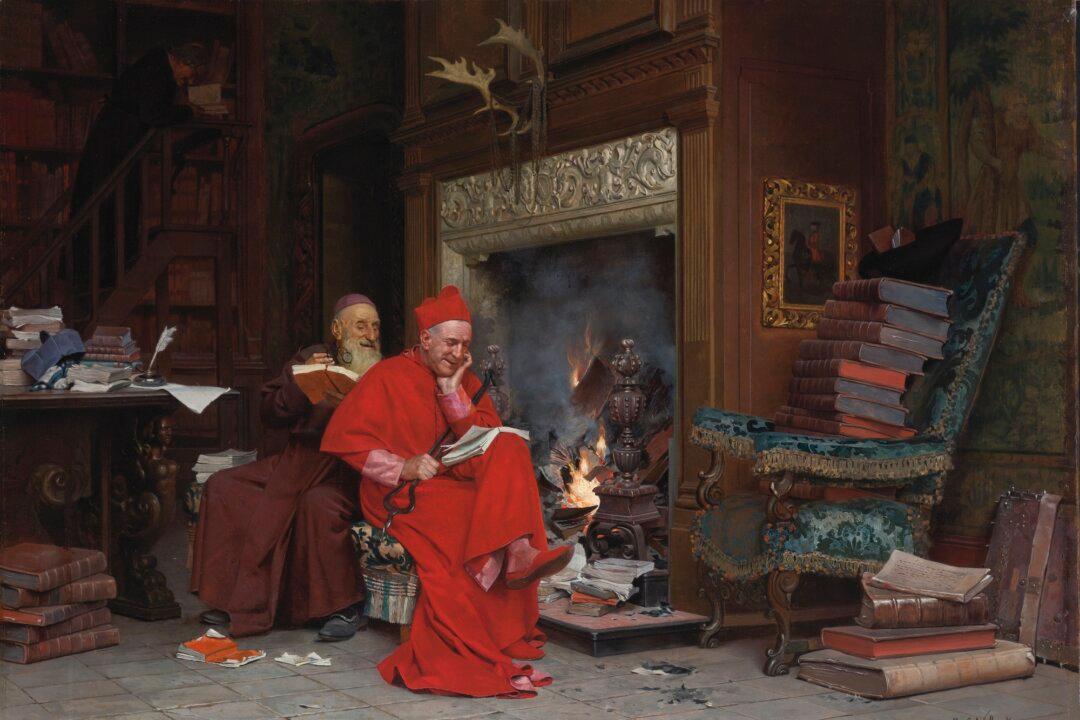There are a few rare major masterpieces in this world that are equal to William Bouguereau’s “La Jeunesse de Bacchus (Youth of Bacchus).” Of equal significance would be Rembrandt’s “Night Watch” or Botticelli’s “Primavera.” People travel from all over the world to view paintings like this in a museum, and they are rare and far between. Even rarer is for such a painting to come to auction and be available for sale. It is almost unheard of.
“La Jeunesse de Bacchus,” which is still owned by Bouguereau’s descendants, will come to auction at Sotheby’s New York on May 14. Although normally the artist’s works are included in the sales of the most important works from the 19th century, “La Jeunesse de Bacchus” will be included in Sotheby’s Impressionist & Modern Art exhibitions starting May 3 in the newly expanded and renovated New York galleries.





